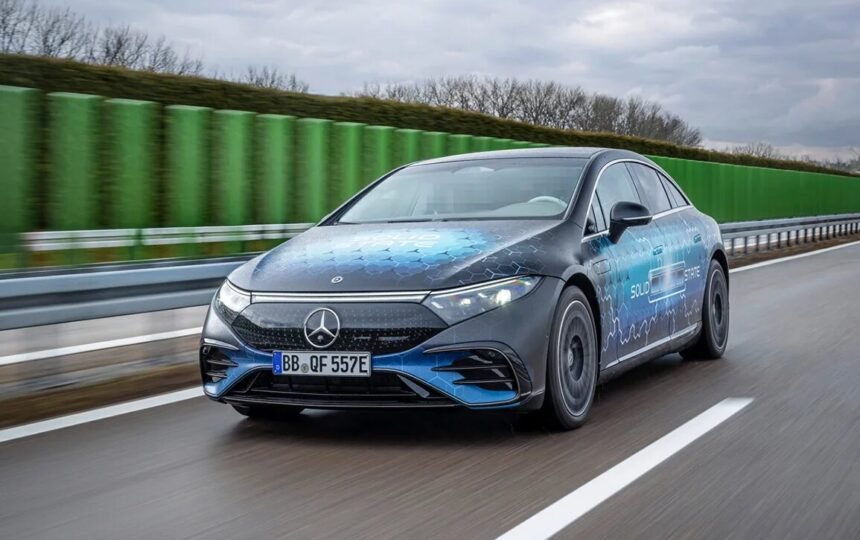Ilmor Engineering, now known as Mercedes AMG High Performance Powertrains (HPP), has come a long way since its founding in 1983. Originally focused on developing methanol-fuel Indycar engines, the firm quickly expanded into Formula 1 and eventually sold its F1 division to Mercedes-Benz. Today, HPP is at the forefront of developing cutting-edge EV battery technology.
Solid-state batteries have long been anticipated in the automotive industry, offering the potential for higher energy density and longer range compared to traditional lithium-ion batteries. Mercedes recently began road testing a new solid-state battery in the EQS, utilizing cells from Factorial Energy. This new battery technology addresses key drawbacks associated with lithium metal anodes, such as dendrite formation and mechanical issues during charging and discharging.
One of the main challenges with lithium metal anodes is the formation of dendrites that can damage the battery over time. Solid-state batteries use a solid electrolyte to prevent this issue. Additionally, the volume changes in cells containing lithium anodes during charging and discharging can cause mechanical problems in tightly packed batteries. HPP has developed a floating cell carrier that allows cells to expand and contract without damage, paving the way for the successful integration of lithium metal anodes in production cars.
The EQS, equipped with the new solid-state battery technology, is projected to achieve an impressive 620-mile range – a 25% increase compared to standard EV batteries of the same weight and dimensions. The battery cells are based on Factorial Energy’s Fest technology, described as a quasi-solid electrolyte system.
With these advancements, Mercedes AMG HPP is poised to revolutionize the EV battery market and set a new standard for energy density and range in electric vehicles. As the automotive industry continues to shift towards electrification, innovative technologies like solid-state batteries will play a crucial role in shaping the future of sustainable transportation.







